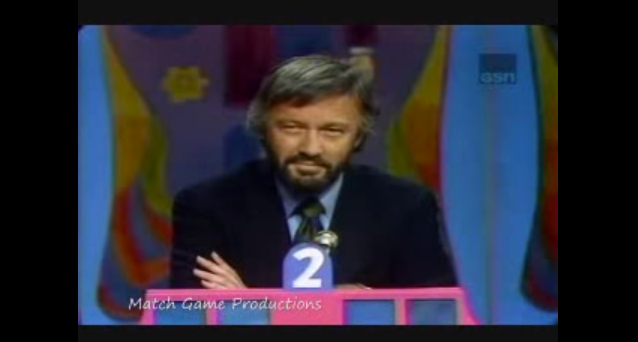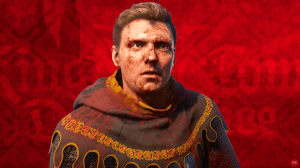While millions see Stan Lee’s mug every year in Marvel Studios films, there was a time when hardly one recognized the Marvel Universe’s godfather.
Videos by ComicBook.com
Such is the case in this week’s Throwback Thursday. Back in the seventies, Lee made an appearance on the gameshow “To Tell The Truth.” In the show, four celebrity players had to correctly identify a guest constant who held an “unusual” job or career. The contestant was joined by two imposters who also claimed to also be the real person. After asking each person a series of identifying questions, wherein the imposters could lie but the contestant couldn’t, the celebrities guessed which person was the real deal.
Lee’s appearance is definitely worth a watch. If not for seeing him with an enormous beard, then for getting a barometer on pop culture’s attitude toward comic books in the seventies. Despite categorizing comics writing as an “unusual” profession, the show has a rather positive spin on comics. Picking up on Marvel’s dedication to telling real and relatable stories, the show actually recognized comics as a piece of social commentary, and–hilariously–as a tool to teach “youngsters not to trust their local drug pushers.”
One of the contestants even asks Lee if he believes comic books are a suitable way to teach children how to read. Naturally, this sets Stan off on a diatribe about how comics are a fantastic tool for literacy—but the questioner seems to stop caring about five seconds into his speech. It’s a shame, too, as comics and Lee needed platforms like “To Tell The Truth” to spread positive messages about comics to the greater populace. Ah, well. It’s not like Lee wouldn’t have plenty of other opportunities in the future.
So was Lee able to fool the show’s contestants, or did he give himself away with his excelsior-fueled charisma? Both actually, of the show’s four contestants, two guessed correctly (though to be fair, one justified her decision because she thought Lee was “cute.”) In the show’s following interview with Lee, he revealed that since the 1940s, he never wrote less than two comic books a week. Whether or not that figure accounts for his patented “Marvel Method” of comics writing, where gave his artists broad outlines, let them craft the exact story, then filled in the empty word balloons, remains to be seen.
(Start watching at the 14:00 mark)
While not the grandest of entrances, Lee—and Marvel’s—early foray into deeper cultural waters marks a turn in the industry’s history. While most multimedia recognition of comics came through television adaptations that were typically dismissed as children’s entertainment, “To Tell The Truth” showed (or faked) a vested interest in the actual industry and the people within it. Of course, the general interest would only increase as comic books matured in their growing sophistication and popularity.










